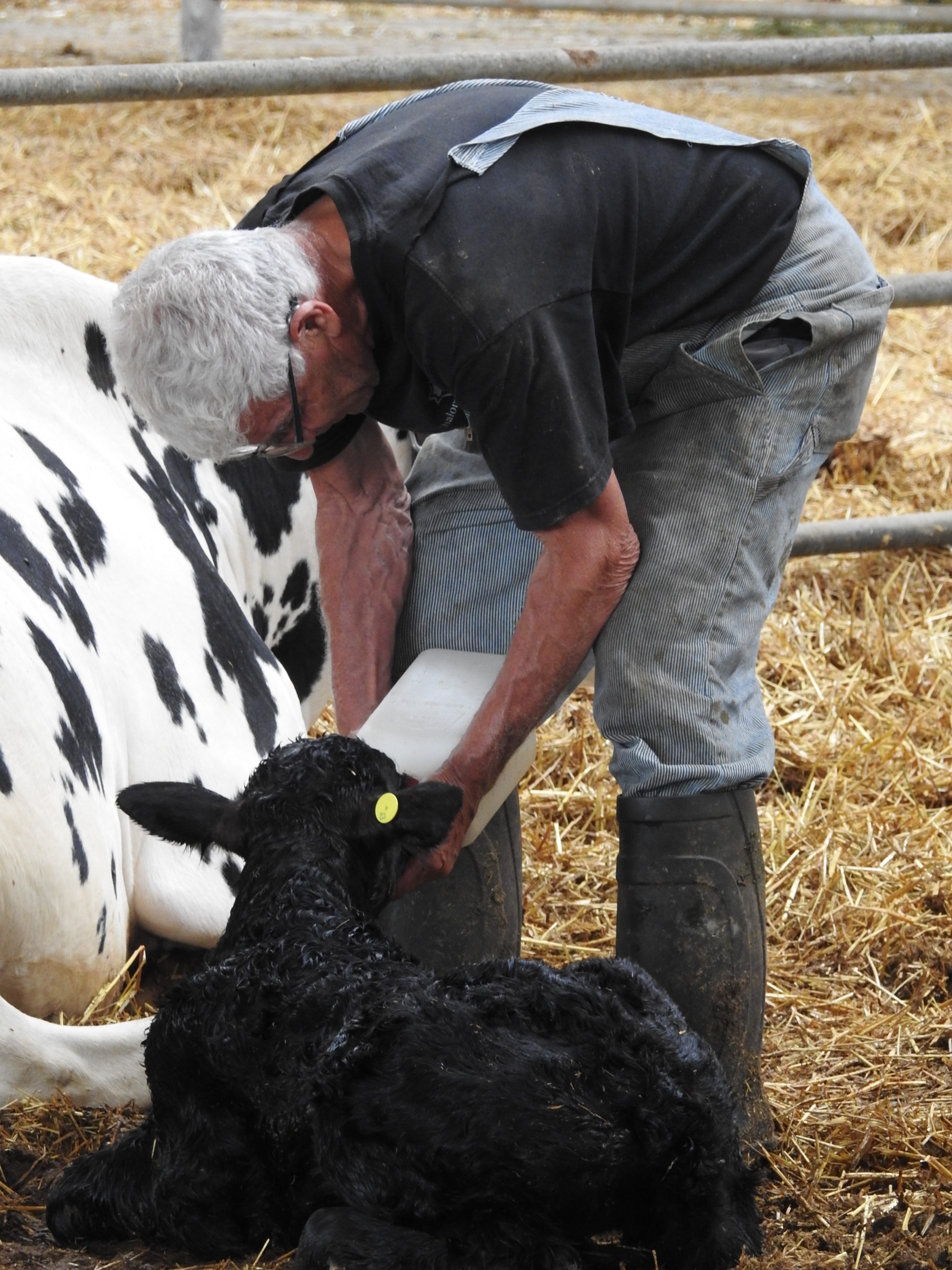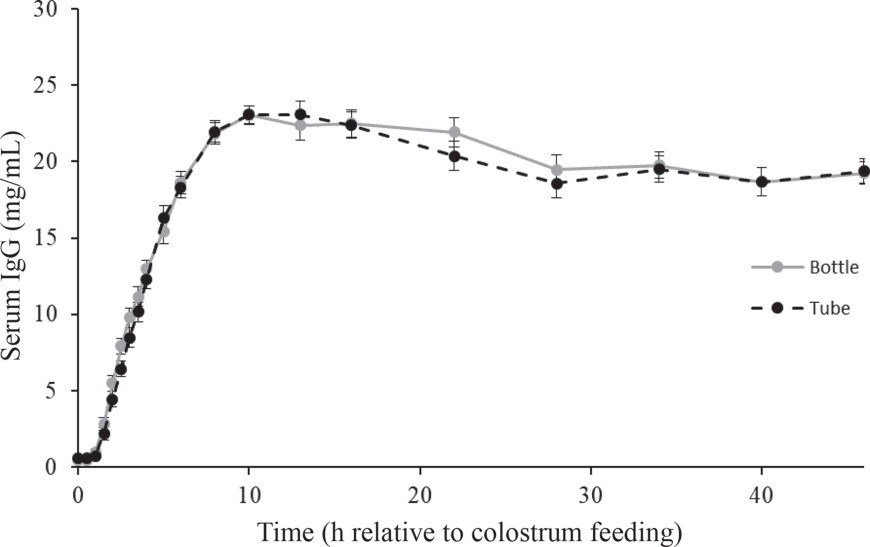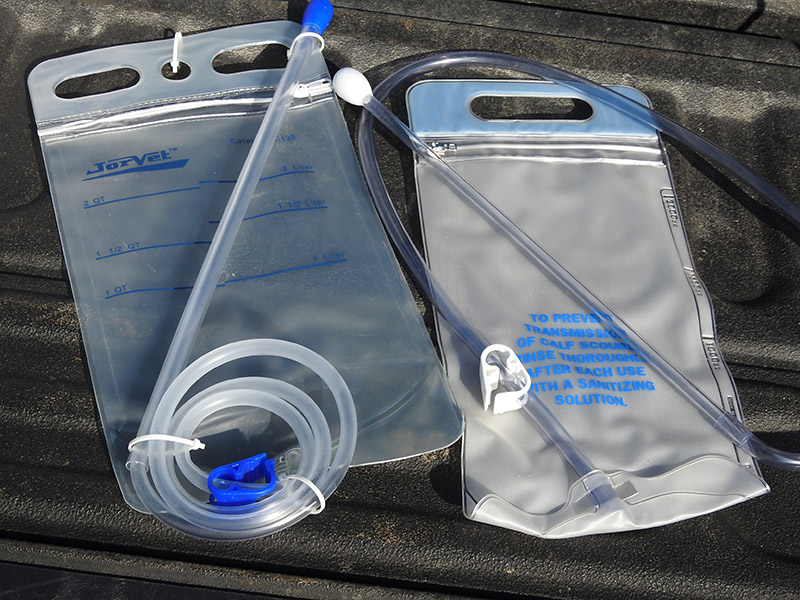Section 1 | Colostrum Management in Dairy Calves
Page 05 /
Tube Feeding Versus Bottle Feeding
Tube Versus Nipple Bottle
Research has identified that leaving calves to suckle from the dam is not an effective method to ensure calves consume adequate amounts of good quality, clean colostrum. Calves often do not voluntarily consume a sufficient amount of colostrum in a timely manner for passive transfer to occur effectively. This leaves us with using either a nipple bottle or esophageal tube feeder to deliver colostrum.

Source: ACER Consulting Ltd.
Are There any Differences Between Using a Nipple Bottle or Tube Feeder?
Both methods have been found to be effective at providing colostrum to calves1. This is highlighted in the figure below, where a bottle and tube provided the same volume of colostrum and no difference in the transfer of immunoglobulins was found. It is of the utmost importance to ensure that these instruments are cleaned thoroughly after every use to prevent the spread of disease. Develop a standard operating procedure for colostrum administration to ensure timeliness and consistency.

Figure: Serum IgG levels over time in calves fed with a nipple bottle versus an esophageal tube feeder1

Source: ACER Consulting Ltd.
References
- Desjardins-Morrissette, M., J.K. van Niekerk, D. Haines, T. Sugino, M. Oba, and M.A. Steele. 2018. The effect of tube versus bottle feeding colostrum on immunoglobulin G absorption, abomasal emptying, and plasma hormone concentrations in newborn calves. J. Dairy Sci. 101:4168-4179.